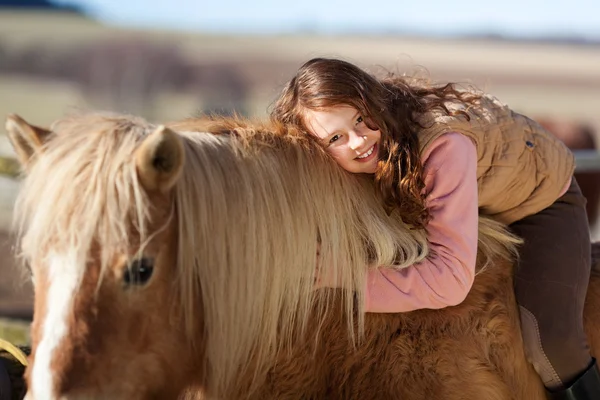First, you need to know the horse’s senses and how they can be influenced. Horses respond to the world around them using their five senses: taste, smell, hearing, sight, and touch.
The only “blind” places in a horse’s vision are directly behind him or closely in front of him
If you take a step back from the horse, it will immediately see you. If the horse is timid it is better not to carry out such experiments, suddenly appearing from nowhere man can frighten the horse and it may bite or stand on its pounce in defense.
If you were standing behind, you can find out how the horse or pony kicks. Therefore, it is best to approach the horse from the front.
Your voice can have a huge impact on a horse’s attitude toward you
All horses have great hearing. If you pay attention, you will notice that horses are constantly moving their ears, picking up every sound. This allows them to recognize how they are feeling today. Whether they are afraid, angry or happy. Your mood or worries are often transmitted to the horse. So you should not be afraid when approaching a horse, it can sense this and make fun of you. If the horse has made a mistake, you shouldn’t hit it or yell at it, you should just tell it in a rough low voice “bad” or something else, at your discretion.
If, however, the horse has behaved well during the ride or has done all the commands correctly, you should praise the horse in a cheerful voice and pat it on the neck. Horses also often recognize a person by gait, especially if the person shuffles.
You should not wave your hands in front of the horse, in horse language it means that you want to play with them or on the contrary hostile.
Human hands are perceived by a horse as a front limb of another horse. Children play with foals by waving one hand in the air, the foal perceives this as a cry for play and begins to run around its mother, kicking its butt in the air, roaring loudly. If you repeat the uncomplicated movements with a wave of your hand, and even add roaring or soft shouts (so as not to frighten the horses), the foal’s mother can join in the game.
You can communicate with horses by touching them.
In natural conditions, if horses have a positive attitude toward each other, they sort of nibble on each other’s withers. When grooming a mare, the stallion bites the mare’s withers. If you pat the horse’s neck, he will know that you are praising or encouraging him. If you scratch with pressure on the neck (be sure to scratch with pressure, otherwise the horse will think it feels like a slight tickle), he will think you want him to like you.
But be careful, the horse may also want to “scratch” you in return, and you risk being bitten by the horse, but this is not out of spite, on the contrary. Horses and ponies simply have less sensitive nerve endings and thicker skin.

Horses always sniff each other and recognize their friends and enemies the same way.
Native American horses always recognized strangers and started roaring loudly, giving a sign that the enemy was near. Using its sense of smell the horse understands if the food is spoiled or not, even if a human does not smell anything, the horse will not touch the spoiled food. The horse also uses its sense of smell to survey new people and terrain.
Horses for hire, and not only them, use their nose in their pockets trying to find a dainty. And if they do sniff it, beware, they may tear the pocket and take it out together with the bag. Horses are very cunning animals and they gradually remember where children usually keep their doughnuts and as soon as they come into the stable to a little pony or a horse they are going to reach for the dainty.
You can also bribe a horse by giving him a bunch of treats
Horses love carrots, apples, breadcrumbs, bread, watermelon peels and, of course, sugar (in cubes). Carrots should be cut lengthwise and then again, pre-cleaned and washed with boiling water. Apples can and even should be given to the horse whole. But hold the uncut apple firmly. The horse or pony will bite it. If an apple is cut into four pieces, be sure to get rid of the pips before giving it to the horse. Bread is preferred by horses to black bread, but it is better not to treat your horse to fresh bread; it is better to dry it first.
